The Bah Faith and African American History
The Bah Faith and African American History
Creating Racial and Religious Diversity
Edited by
Loni Bramson
LEXINGTON BOOKS
Lanham Boulder New York London
Published by Lexington Books
An imprint of The Rowman & Littlefield Publishing Group, Inc.
4501 Forbes Boulevard, Suite 200, Lanham, Maryland 20706
www.rowman.com
6 Tinworth Street, London SE11 5AL, United Kingdom
Copyright 2019 The Rowman & Littlefield Publishing Group, Inc.Chapter 7 Race, Place, and Clusters: Current Vision and Possible Strategies was previously published as an article, Race, Place, and Clusters: Vision and Possible Strategies, in The Journal of Bah Studies 27.3, 2017, and is used by permission of the author.
All rights reserved . No part of this book may be reproduced in any form or by any electronic or mechanical means, including information storage and retrieval systems, without written permission from the publisher, except by a reviewer who may quote passages in a review.
British Library Cataloguing in Publication Information Available
Library of Congress Cataloging-in-Publication Data
Names: Bramson, Loni, editor.
Title: The Bah faith and African American history : creating racial and religious diversity / edited by Loni Bramson.
Description: Lanham : Lexington Books, [2019] | Includes bibliographical references and index.
Identifiers: LCCN 2018044215 (print) | LCCN 2018050479 (ebook) | ISBN 9781498570039 (Electronic) | ISBN 9781498570022 (cloth : alk. paper)
Subjects: LCSH: African American Bahais. | Bahai FaithUnited StatesHistory. | Bahai Faith and social problemsUnited States. | African AmericansReligion. | Race relationsReligious aspectsBahai Faith. | African AmericansSegregation. | United StatesRace relations.Classification: LCC BP350 (ebook) | LCC BP350 .B34 2019 (print) | DDC 297.9/308996073dc23
LC record available at https://lccn.loc.gov/2018044215
 The paper used in this publication meets the minimum requirements of American National Standard for Information SciencesPermanence of Paper for Printed Library Materials, ANSI/NISO Z39.48-1992.
The paper used in this publication meets the minimum requirements of American National Standard for Information SciencesPermanence of Paper for Printed Library Materials, ANSI/NISO Z39.48-1992.
Printed in the United States of America
Contents
Loni Bramson
Christopher Buck
Loni Bramson
Christopher Buck
Gwendolyn Etter-Lewis
Louis Venters
Mike McMullen
June Manning Thomas
Multiple Authors of the Chapters in This Book
Robert Turner |
Louis Gregory Around 1930 |
Sarah Martin Pereria Speaking at a Bah Conference |
Elsie Austin |
The Members of the 1974 Northern #1 District Teaching Committee Serving the Greenville-Anderson Area in the Upper Piedmont |
To the Left Is Dr. Sarah Martin Pereira, Member of the Continental Board of Counselors. To the Right Is Alberta Deas, Secretary of the South Carolina Regional Teaching Committee, 1974 |
Early Participants in Programs at the Louis G. Gregory Bah Institute |
Early Participants in Programs at the Louis G. Gregory Bah Institute |
Early Participants in Programs at the Louis G. Gregory Bah Institute |
To the Left Is David Gordon of Greenville. To the Right Is Woodrow Jackson, the First Person from the Folly Grove Community to Become a Bah, in the 1970s |
Local Bahs and Friends with Home-Front Pioneers, Black and White; Saluda, South Carolina, 1974 |
John Birks Dizzy Gillespie (19171993), a Native of Cheraw, Performing for Gov. Edwards and a Joint Session of the General Assembly as Part of South Carolinas National Bicentennial Celebrations, State House, Columbia, March 1976 |
Home Visit with Bah Family, Eastern South Carolina, 1979 |
Loni Bramson
When the American Academy of Religion launched a new Bah Studies Unit in 2016, the units steering committee decided that the obvious subject choice for an inaugural panel discussion at the Academys subsequent annual meeting in San Antonio was The Most Challenging Issue: Race and Religion in the Bah Community.
At the heart of the doctrines, practices, and theology of the Bah Faith is the principle of the oneness of humanity. The religions essential aim, enunciated by its founder, Bahullh, in the second half of the nineteenth century, is the establishment of a just and peaceful global civilization characterized by universal human rights and freedom from prejudices of all kinds. Within the Bah doctrine of the oneness of humanity, racism is considered to be a baneful evil. Virtually since the moment of its arrival in North America around 1900, a major theme in the development of the Bah Faith in the United States has been the confrontation of a new world religion explicitly grounded in human equality and solidarity with the ideologies, structures, and practices of white supremacy. Therefore, this was a logical topic for the first panel discussion, and in the context of the United States continuing racial conflict, an all too timely one with which to start.
Unfortunately, not all those who were interested in participating were able to make it to San Antonio. In addition, two excellent papers that were delivered at the panel were, for logistical reasons, not ready for publication. This volume, then, includes versions of three papers from the panel plus a number of others that are thematically related but were assembled afterwards. The authors hope that this book will help both to crystallize the place of the Bah Faith in the broader scholarship on race and religion in modern America and to spur further research on the many intersections between Bah and African American history.
The Bah Faith: Origins and Scope
Although a comprehensive overview of the Bah Faith is outside the purview of this volume, some background information needs to be provided at the onset for readers who are new to its study. Bah history starts with Sayyid Ali Muhammad Shirzi (18191850), who took the title of the Bb. in Iran in 1844, a controversial claim that soon resulted in a massive effort on the part of the government and religious leaders in Iran to exterminate his religion. The Bbs teachings were revolutionary in Persia because he abrogated Islamic law and prophesied another manifestation of God would soon follow. The Bb was executed and his followers viciously persecuted.
Among the Bbs followers was Mrz usayn-Al Nr (18171892), who came to be called Bahullh. He was born into a family of nobility and wealth in Iran. Although born in luxury, Bahullh chose to become a follower of the Bb despite the risks involved. Iranian religious and government leaders considered the Bb religion a threat to their power, and when there was an attempt on the life of the Shah, Bahullh became a victim of the pogrom that followed and that engulfed the real and perceived opponents of the Shah. Bahullh was thrown into a notorious prison and weighed down in chains for months. When he was freed, it was on condition of agreeing to an exile to Baghdad; Bahullh and his family were sent there on foot. This exile was the first of several that finally ended in the prison-city of Akko (in present-day Israel). Bahullh is buried in the compound of the house where he died, now a place of pilgrimage for Bahs.
The Bb and Bahullh were born and raised in a violent world in which slavery and other forms of forced labor, the oppression of women, and despotism were commonplace. Yet, their writings hold out a startling vision of spiritual and social transformation in which justice, equity, and kindness become the ruling principles in human affairs. While the Bb did not explicitly forbid slavery during his short ministry, when Bahullh wrote his book of laws (around 1873), he firmly declared that slavery was wrong.



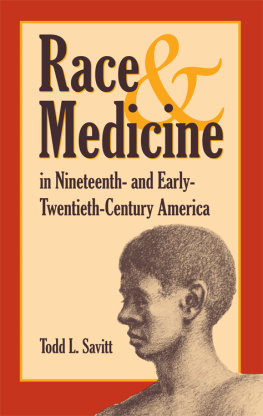
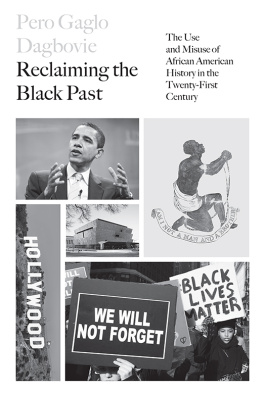
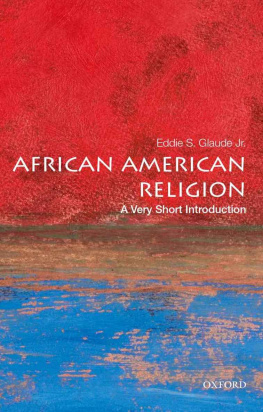

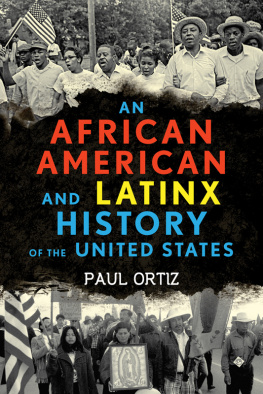
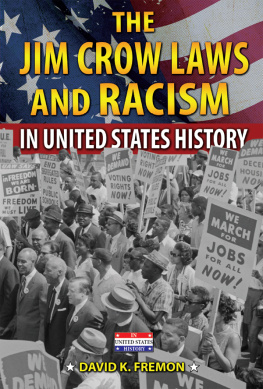
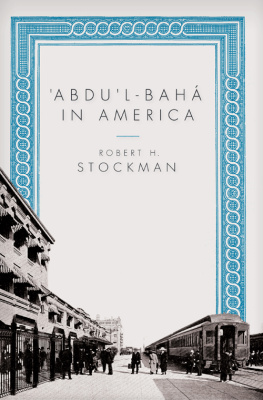

 The paper used in this publication meets the minimum requirements of American National Standard for Information SciencesPermanence of Paper for Printed Library Materials, ANSI/NISO Z39.48-1992.
The paper used in this publication meets the minimum requirements of American National Standard for Information SciencesPermanence of Paper for Printed Library Materials, ANSI/NISO Z39.48-1992.